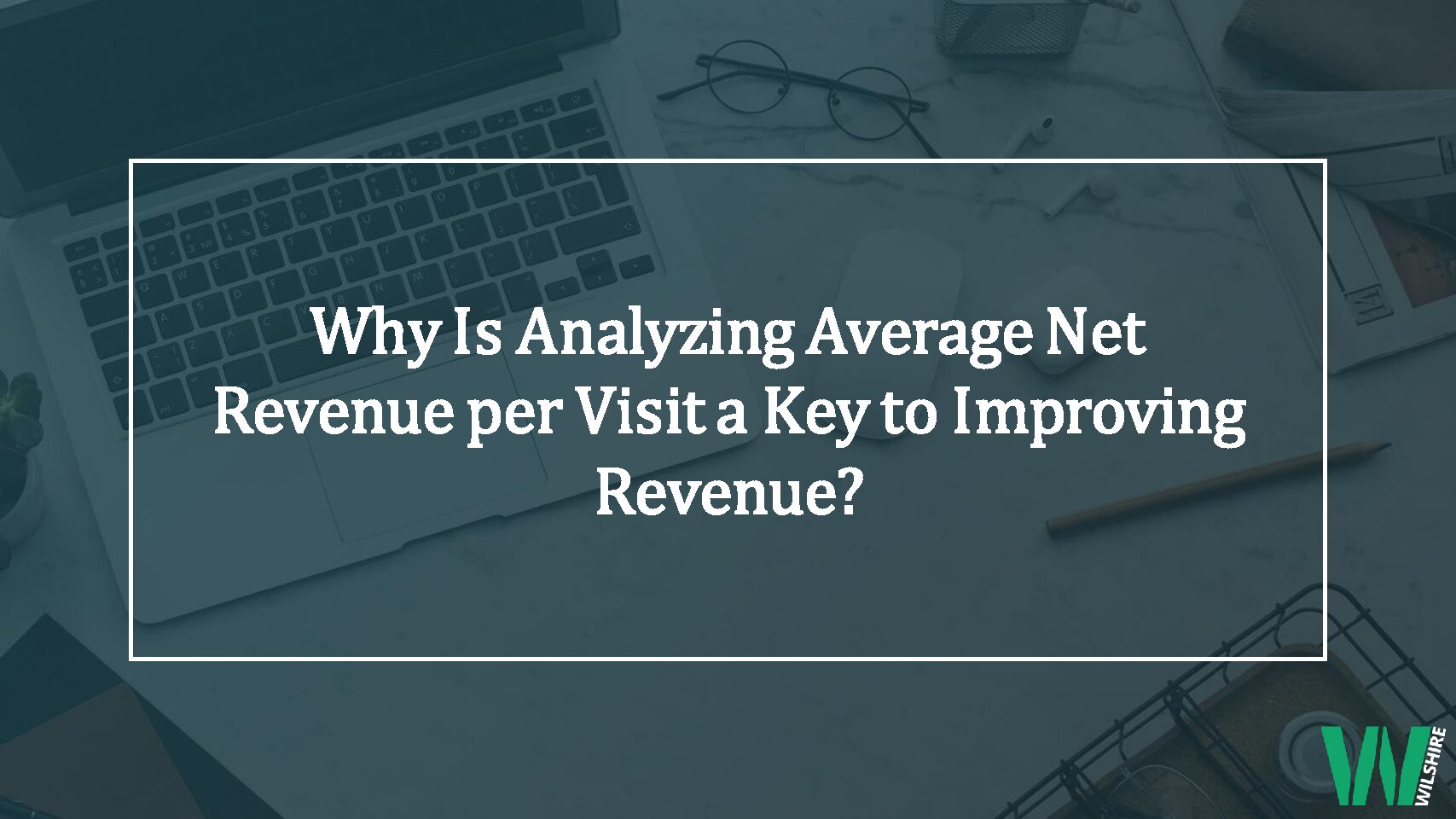One of our long-term clients reached out to us last year requesting help evaluating the variance observed in Average Net Revenue per Visit (ANR/V) across a selection of their outpatient clinics. They had already identified the following:
- The variance of ANR/V exceeded $100 across similar primary pediatric clinics
- ANR/V trended lower when compared to pre-Epic measures
- Physicians in poorer performing clinics were unhappy with the performance and did not feel their efforts were contributing effectively
Analyzing Average Net Revenue Per Visit
In this post, we will share how analyzing Average Net Revenue per Visits was leveraged to identify corrective opportunities and an achievable boost in revenue totaling over $4M.
Our Approach
Average Net Revenue Per Visit (ANR/V) is a measure of expected net revenue per appointment. Standing on its own, ANR/V is a metric to monitor performance over-time, plan future budgets and compare clinics to each other. For our client, we pushed this definition further to identify potential causes of the variance and opportunities to reduce revenue leakage across poorer performing clinics.
Starting this project from a simple metric required extensive collaboration and brainstorming amongst our team of operations and technical experts. A few questions that helped frame up our analysis include:
- Are the peaks and valleys tied to certain payers?
- Does Average Gross Revenue per Visit parallel ANR/V?
- Are there trends in charge code utilization that suggest varied performance?
Variances in ANR/V accurately identified opportunities because the primary care pediatrics clinics analyzed offered similar services. Expecting minimal variances but noting the gaps in actual performance suggested a closer examination was needed. As we dug in, we went beyond our initial questions and looked at things like charge triggering workflows, charge capture preference lists and favorites, procedure documentation, E/M utilization, and denials.
Beyond reviewing these themes at a macro level, ANR/V data also allowed us to tighten our focus and drill-down on specific services, clinics, and providers. Following the trail exposed by trending ANR/V allowed our team to identify root causes and generate truly actionable solutions to improve revenue capture and net revenue for the entire organization.
Our Findings
After analysis, our detailed analysis revealed numerous examples of services rendered with supporting documentation but missing charges. Our team identified charge automation solutions that would lead to reductions in revenue leakage and improvements to revenue integrity and physician efficiency. Our estimated ROI for charge automation alone was $450,000 (net revenue), excluding the additional positive impact to physician efficiency and patient throughput.
In only 6 months we generated a series of recommendations and solutions to return an annual ROI of $1.3M (net). We then prepared and forecasted a comprehensive strategy encompassing clinic specific performance targets paired with an efficiency-driven education curriculum for physicians. The combined efforts project an estimated revenue lift over $4M!
If you are looking for a fresh way to analyze physician clinic revenue, please reach out to learn more about leveraging Average Net Revenue Per Visit to its fullest potential. We would love to explore how our methodology can improve your organization’s financial performance and physician satisfaction.
